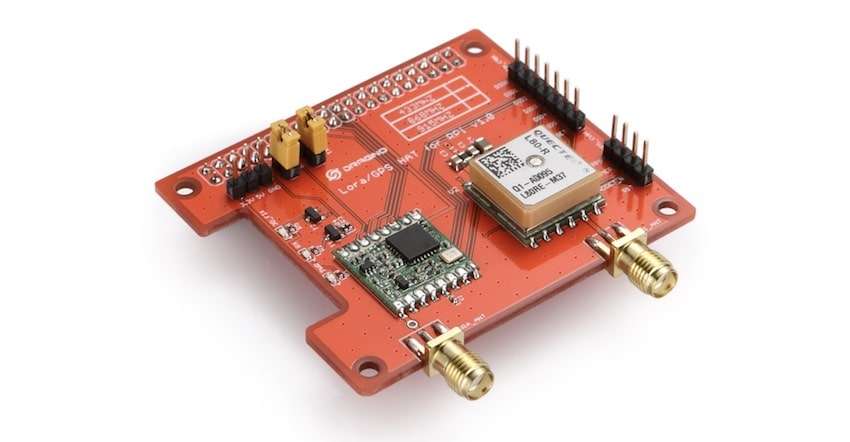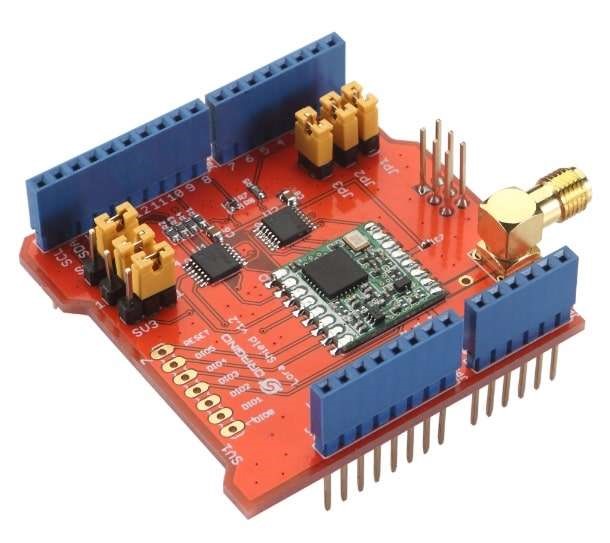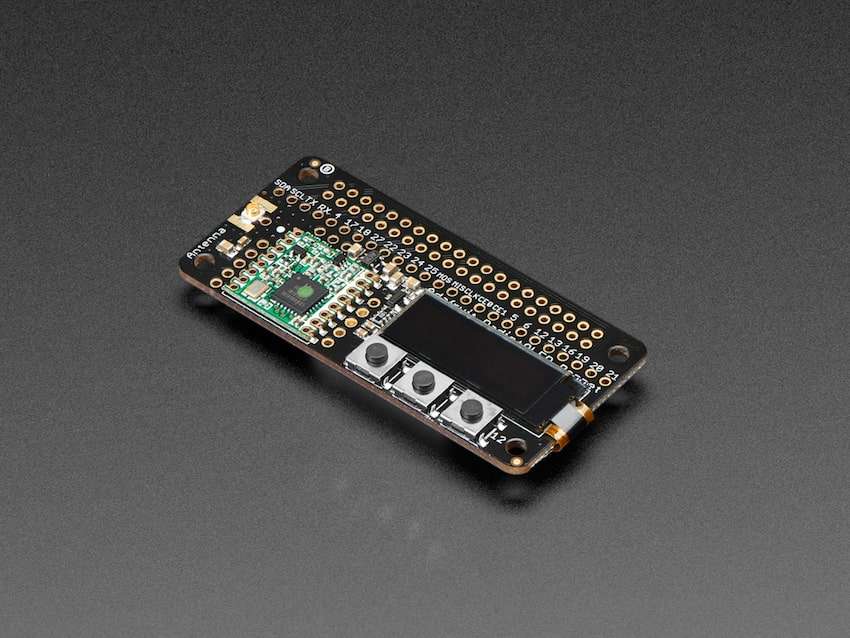By Cabe Atwell, contributing writer
Long range (LoRa) is fast becoming the communication protocol of choice for IoT projects, as it provides the flexibility of low power and great range — perfect for applications such as wildlife tracking and environmental monitoring. According to the LoRa Alliance , there are more than 100 IoT LoRa-based networks operating around the globe, and the number continues to rise.
Those numbers are due in part by the maker communities and the affordability of project platforms, such as single-board computers (SBCs) and LoRa add-on boards. The LoRa boards allow makers to deploy their creations in genuinely remote areas without the need for constant servicing or battery replacement/recharging. As you can imagine, there is an equal amount of different LoRa add-on boards as there are SBCs — each with the same functionality in the communication protocol but with various features. In this roundup, we will take a look at the more popular LoRa boards that are used to increase the functionality of different single-board computers.

Why not get your Dragino LoRa GPS HAT? (Image: Dragino)
Dragino’s LoRa GPS HAT for the Raspberry Pi is based on Semtech’s SX1276/SX1278 transceiver, which can handle 868-MHz/433-MHz/915-MHz frequencies with a 168-dB maximum link budget. The list of features for this board is extensive and includes 20-dBm −100-mW constant RF output vs. 14-dBm high-efficiency PA, a programmable bit rate of up to 300 kbps, and a low RX current of 10.3-mA (200-nA) register retention.
On the GPS side, the board offers a power acquisition of 25 mA, power tracking of 20 mA, a programmable bit rate up to 300 kbps, and an update rate of up to 10 MHz. It also features a timing accuracy of 1 PPS (out 10 ns), a velocity accuracy without aid @

Dragino LoRa Shield (Image: Dragino)
Dragino also manufactures a LoRa Shield for the Arduino with similar specs as the Raspberry Pi version, only without the added GPS functionality. The feature set for the LoRa Shield includes a frequency band of 915 MHz/868 MHz/433 MHz, a programmable bit rate of up to 300 kbps, and a fully integrated synthesizer with a resolution of 61 Hz. The board also boasts FSK, GFSK, MSK, GMSK, LoRa, and OOK modulation; automatic RF sense; and CAD with ultra-fast AFC, as well as a built-in temperature sensor and low battery indicator, among a myriad of other features.

Pi Supply micro:bit LoRa Node (Image: Pi Supply)
Pi Supply’s micro:bit LoRa Node is a great add-on board for the popular BBC development platform and allows you to connect your projects to the Things Network. The LoRa Node comes packed with a RAKWireless RAK811 LoRa node module, which is designed around Semtech’s SX1276 and takes advantage of the full LoRaWAN stack. The Node also supports LoRaP2P modes, features a u.FL connector for external antennas, and can be configured to use either 868 MHz or 915 MHz, depending on where you live.

Adafruit LoRa Radio Bonnet (Image: Adafruit)
Adafruit’s LoRa Radio Bonnet for the Raspberry Pi is a great add-on board that packs a 128 × 32 OLED display that allows you to read status messages, or it may be used with integrated buttons to create custom user interfaces. Users can opt for either the 868-MHz or 915-MHz ISM bands utilizing SX1276 LoRa module with a 2-km range. The Bonnet features 5 to 20 dBm with up to 100-mW power output capability and has a 100-mA peak during 20-dBm transmit and 30-mA during active radio listening.

Seeed Grove LoRa Radio (Image: Seeed)
Seeed’s Grove LoRa Radio can connect to any board with a modular, standardized connector, providing long-range wireless connectivity. The board packs an 868-MHz RFM95 ultra-long-range transceiver, which is based on the SX1276, and packs an ATMega168 for low-power applications. The Grove LoRa Radio offers 28 mA (@ 20-dBm continuous transmit), 8.4 mA (@ standby mode), and 20 mA (@ receive mode, bandwidth 500 kHz) and can use a simple wire antenna or high-gain antenna via a MHF connector, depending on the application.
Read the complete article on EE Times . Please visit:
6. SparkFun 1-Channel LoRa Gateway
7. Pi Supply IoT LoRa Gateway HAT
Advertisement
Learn more about Electronic Products Magazine





